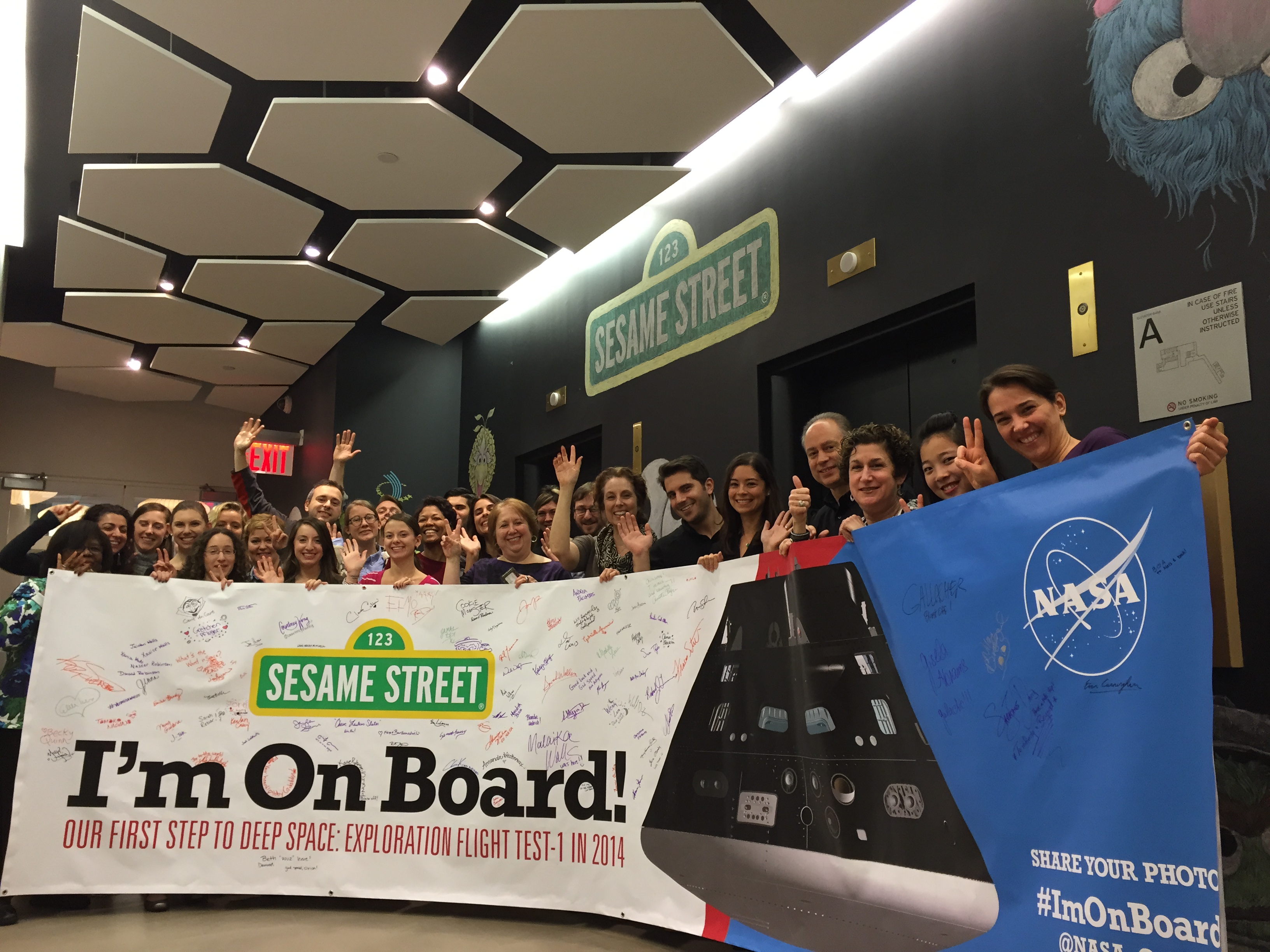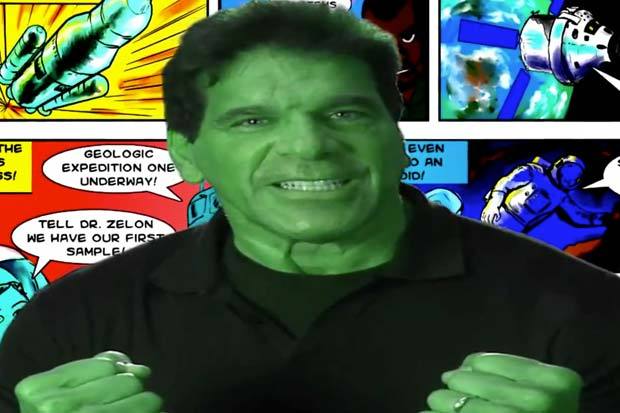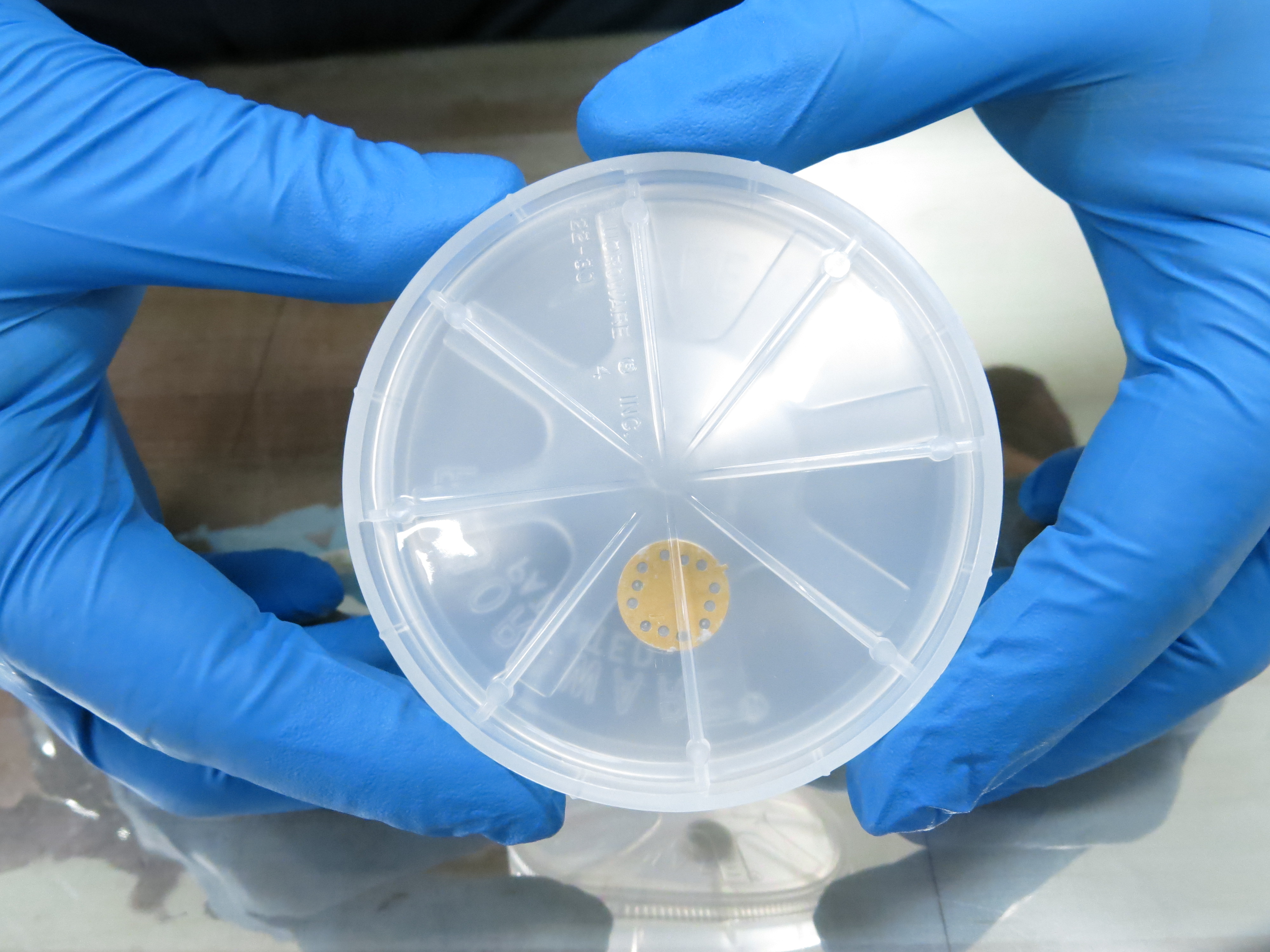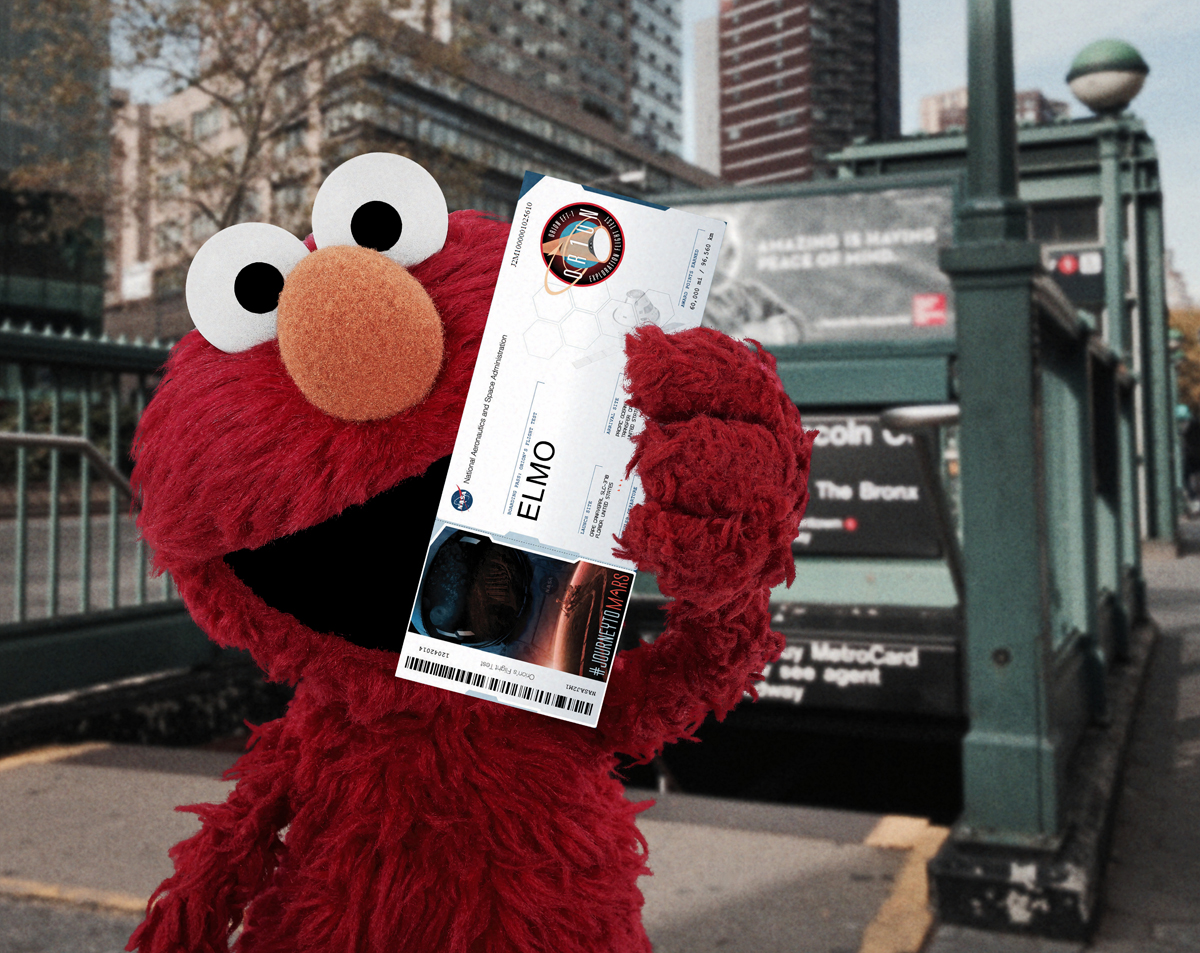Social Media: NASA's Not-So-Secret Weapon for Orion Test Flight

One of the largest social media campaigns in NASA history, centered on this Thursday's (Dec. 4) test launch of the Orion spacecraft, has helped make the space agency's relationship with the public more interactive than ever before.
The extensive campaign has included YouTube videos starring actors from beloved science-fiction TV shows, an option for members of the public to put their names aboard the space vehicle and social events at nine NASA facilities. These are just some of the ways NASA has reached out to the public in anticipation of Orion's launch.
"This is certainly one of our biggest campaigns that we've done," John Yembrick, NASA's social media manager, told Space.com. "We wanted to do something extraordinary for an extraordinary mission." [NASA's Orion Spacecraft Test Flight: Full Coverage]

You can watch the 4.5-hour Orion launch test live on Space.com, courtesy of NASA TV. The webcast will begin early Thursday at 4 a.m. EST (0900 GMT).
The Orion spacecraft was designed and built to take humans farther into space than ever before — potentially to an asteroid and Mars. The mission is scheduled launch at 7:05 a.m. EST (1205 GMT) on Thursday from the Cape Canaveral Air Force Station in Florida, near NASA's Kennedy Space Center. If all goes well, Orion will orbit the Earth twice and reach an altitude of 3,600 miles (5,800 kilometers) before re-entering Earth's atmosphere and splashing down in the Pacific Ocean. Its target drop zone is approximately 600 miles (966 km) southwest of San Diego, California.

In the months leading up to the launch, NASA executed various activities and advertisements for the Orion mission, including the recent addition of a set of toy "crewmembers" for the spacecraft. Members of the public were also invited to add their names to a list that would be stored on a microchip aboard Orion, and perhaps one day make a trip to the Red Planet. More than 1 million people (and at least one Sesame Street muppet) added their names.
In addition, NASA posted a series of "I'm On Board" videos featuring actors like Nichelle Nichols (famous for playing Lt. Uhura on the original "Star Trek" TV series), Lou Ferrigno (who played The Incredible Hulk on the original TV series) and Colin Baker (the sixth actor to play Doctor Who in the original British TV series). With multiple references to the shows that made them famous, the actors spoke about the features of the Orion spacecraft, the details of its upcoming test flight and the long-term goals it hopes to accomplish.
Get the Space.com Newsletter
Breaking space news, the latest updates on rocket launches, skywatching events and more!
In what is perhaps NASA's most direct interaction with members of the public, on Wednesday (Dec. 3) the Kennedy Space Center will host a social event, where registered attendees will get a glimpse inside the space agency and the Orion spacecraft test flight. Yembrick said they are anticipating about 130 to 150 guests. Similar events will take place at eight other NASA sites around the United States.

Yembrick said the social media team will also be talking to the public through social media sites like Twitter and Facebook during the flight briefings that will be broadcast on NASA TV. That includes a prelaunch briefing on Dec. 3 at 11 a.m. EST (1600 GMT) and live coverage of the launch starting Dec. 4 at 4:30 a.m. EST (0930 GMT), through splashdown.
"Social media has never really been part of a launch broadcast to this extent before, so that's really significant and a real milestone," Yembrick said.
NASA is expecting roughly 30,000 spectators for the launch at or near Kennedy Space Center. That number does not include all of the people who will be able to see the vehicle as it leaves Earth's atmosphere.
"If you look back at the Apollo days, at Gemini and Mercury, the public really was an observer of what NASA was doing," Yembrick said. "They would sit around their televisions, and Walter Cronkite would tell them what was happening. Walter Cronkite would go down on the pad and talk to the engineers.
"Now, NASA is talking directly to the public," he said. "You can ask an astronaut a question. You can talk to the program managers and really be part of the experience in a much different way than ever before. Social media has really opened up the agency more so than ever before."
Follow Calla Cofield @callacofield. Follow us @Spacedotcom, Facebook and Google+. Original article on Space.com.
Join our Space Forums to keep talking space on the latest missions, night sky and more! And if you have a news tip, correction or comment, let us know at: community@space.com.

Calla Cofield joined Space.com's crew in October 2014. She enjoys writing about black holes, exploding stars, ripples in space-time, science in comic books, and all the mysteries of the cosmos. Prior to joining Space.com Calla worked as a freelance writer, with her work appearing in APS News, Symmetry magazine, Scientific American, Nature News, Physics World, and others. From 2010 to 2014 she was a producer for The Physics Central Podcast. Previously, Calla worked at the American Museum of Natural History in New York City (hands down the best office building ever) and SLAC National Accelerator Laboratory in California. Calla studied physics at the University of Massachusetts, Amherst and is originally from Sandy, Utah. In 2018, Calla left Space.com to join NASA's Jet Propulsion Laboratory media team where she oversees astronomy, physics, exoplanets and the Cold Atom Lab mission. She has been underground at three of the largest particle accelerators in the world and would really like to know what the heck dark matter is. Contact Calla via: E-Mail – Twitter









